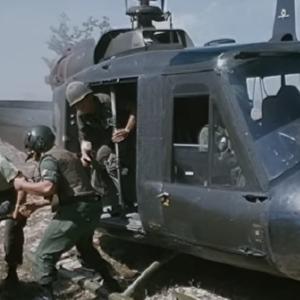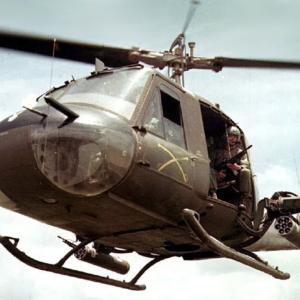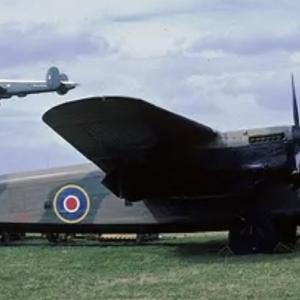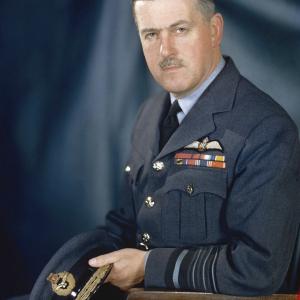
Junkers JU 87
The Junkers Ju 87, commonly known as the Stuka (from Sturzkampfflugzeug, meaning “dive bomber” in German), was a prominent German ground-attack aircraft used during World War II. It became infamous for its distinctive gull wings, fixed undercarriage, and the terrifying sirens mounted on the landing gear, which emitted a wailing sound during dive-bombing attacks, striking fear into enemy troops. The Ju 87 was designed by Hermann Pohlmann, a German aeronautical engineer working at Junkers, one of the leading aircraft manufacturers in Germany. Development began in the early 1930s as part of the German military's need for a specialized dive bomber capable of delivering precision strikes on ground targets. The aircraft featured inverted gull wings, which improved the pilot’s forward visibility and gave the plane its characteristic silhouette. It had a fixed, spatted undercarriage which made it rugged and easier to maintain in field conditions. The Ju 87 was a two-seater, with the pilot in the front and a rear gunner/radio operator. One of its most notable features was the Jericho-Trompete siren mounted on the fixed landing gear struts, producing a terrifying shrieking sound during dive attacks. Built to perform steep dive bombing, dive brakes were installed under the wings to control its descent during bombing runs, allowing for great accuracy. The Ju 87 was designed primarily as a precision dive bomber to destroy enemy fortifications, vehicles, and troop concentrations, and it was adapted later for ground-attack roles including anti-tank missions.
The Ju 87 was manufactured by Junkers Flugzeug- und Motorenwerke AG, commonly called Junkers, a leading German aircraft company headquartered in Dessau. Production started in 1936, with continuous upgrades and variants throughout the war. Around 6,500 Ju 87 aircraft were produced during WWII. Variants included the Ju 87A (initial version), Ju 87B (improved engine and armament), and Ju 87D (later version with better armor and weaponry). The aircraft was used extensively by the Luftwaffe (German Air Force) from the Spanish Civil War through the end of WWII. Other countries, including Italy and Romania, also produced or used variants of the Ju 87 under license.
The Ju 87 could carry up to 1,000 kg (2,200 lbs) of bombs typically under the fuselage and wings. Standard loadouts often included one large bomb under the fuselage (usually 500 kg) and smaller bombs (50 kg or 250 kg) on wing racks. Some variants could carry specialized bombs such as anti-tank or anti-personnel types. Forward-firing armament consisted of two 7.92 mm MG 17 machine guns mounted in the engine cowling, synchronized to fire through the propeller arc. The rear gunner was equipped with a 7.92 mm MG 15 or MG 81 machine gun on a flexible mount to defend against enemy fighters. Some Ju 87D models were fitted with 37 mm Bordkanone BK 37 cannons or other anti-tank guns for tank-busting missions. Improved armor protection was added to protect the pilot and gunner from ground fire. The Ju 87 was highly effective in early campaigns such as the Invasion of Poland (1939) and the Battle of France (1940), where its precision bombing devastated enemy positions. It was extensively used during the Battle of Britain, although its vulnerability to faster Allied fighters eventually reduced its effectiveness in contested airspace. The Stuka played a significant role on the Eastern Front against Soviet forces, often providing close air support to German ground troops. Its dive-bombing accuracy made it ideal for attacking fortifications, bridges, ships, and tanks. However, by the later stages of the war, it became increasingly vulnerable due to its slow speed and poor defensive capabilities compared to newer Allied fighters.










